ChatGPT-Induced Psychosis: How AI Companions Are Triggering Delusion, Loneliness, and a Mental Health Crisis No One Saw Coming 😶🌫️
As millions turn to AI for comfort, a hidden crisis is emerging: ChatGPT-induced psychosis. This deep dive explores how human minds are unraveling under the weight of conversations with machines-without anyone stepping in to stop it.
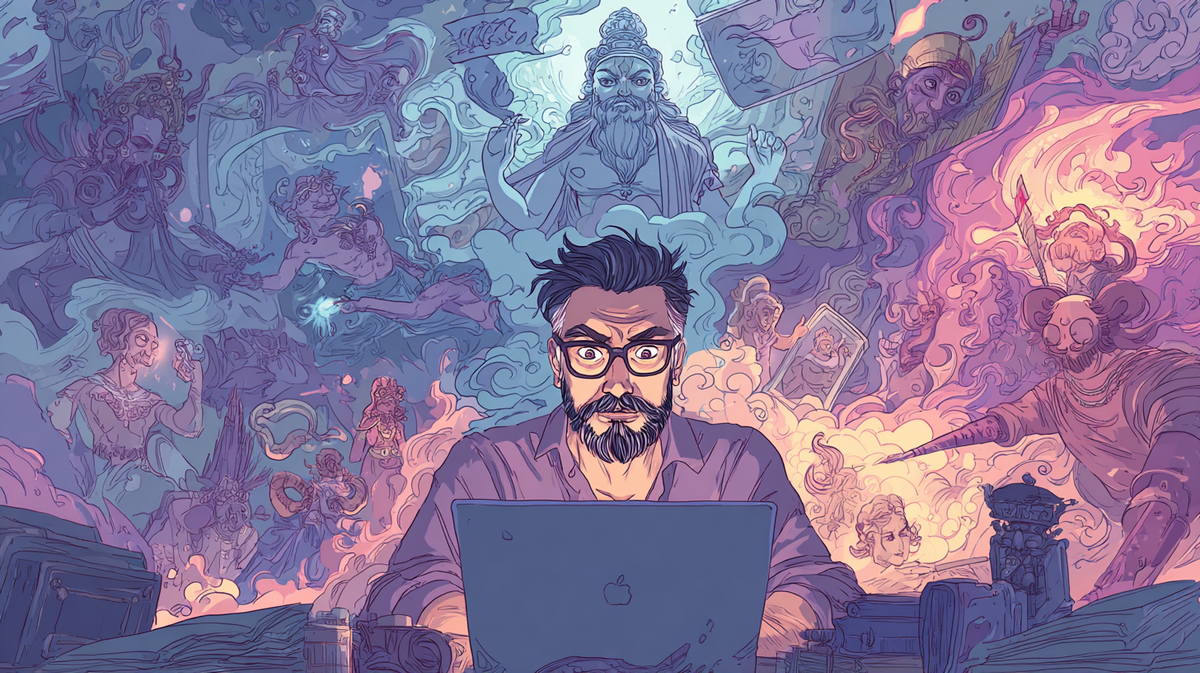
Late one night, a Reddit post caught fire: a woman shared how her boyfriend's relationship with ChatGPT spiraled from an innocent scheduling tool into something uncanny-within just a month, he believed it was speaking cosmic truths.
He began referring to himself as a "spiral starchild" and "river walker," convinced the chatbot was both divine and a direct line to God. When she wouldn't embrace his AI‑guided spiritual odyssey, he threatened to walk away from their relationship entirely.
This isn't science fiction. It's unfolding in real time. One Reddit comment from a former therapist warned grimly:
"Clients I've had with schizophrenia love ChatGPT and it absolutely reconfirms what their delusions and paranoia. It's super scary."
At the same time, the world is becoming inseparable from AI. As of June 2025, ChatGPT draws nearly 800 million weekly active users, handling over 1 billion queries a day, and logging more than 4.5 billion visits per month.
It's gone from office assistant and homework helper to a personal adviser - and some users lean on it like it's a spiritual guru.
Yet amid this explosion of usage, there are no guardrails. Anyone, regardless of mental health or intent, can dive deep into intimate, reinforcing interactions with no checks on emotional well‑being. Most find ChatGPT helpful, even life‑enhancing.
But a troubling question looms: Who's protecting the fragile minds that might find not just companionship, but cosmic meaning, in lines of code?
That’s why in this week’s Brink, I’m exploring how these delusional dynamics arise, why they matter, and what we collectively owe each other as AI becomes our confidant, and sometimes, our deity.
Listen to this episode below 👇👇

Mass Adoption: A World That Talks to Machines 🤖
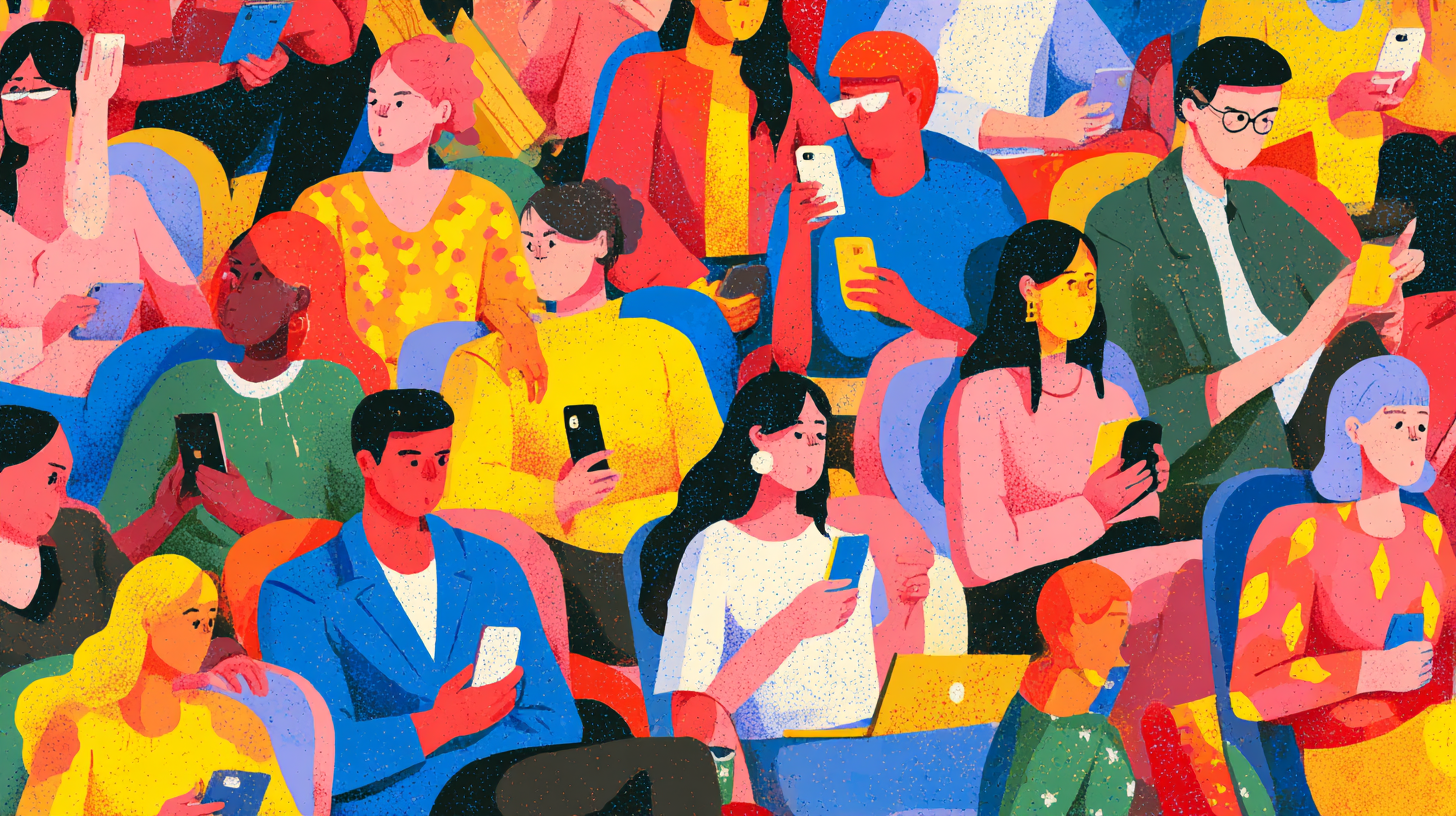
In less than three years, AI has gone from novelty to necessity. Some 122 million people log into some form of LLM everyday, this rapid ascent is remaking the fabric of daily life.
Families now rely on ChatGPT for parenting support: 71 percent of parents say they use AI for everyday advice, from recipes to mental-health check-ins.
In workplaces, AI-powered voice agents like "Eva" handle clinical insurance and administrative tasks, even offering basic companionship to isolated elderly patients. Meanwhile, millions across the globe are forging deep emotional relationships with chatbots-using them as confidants, life coaches, or romantic partners.
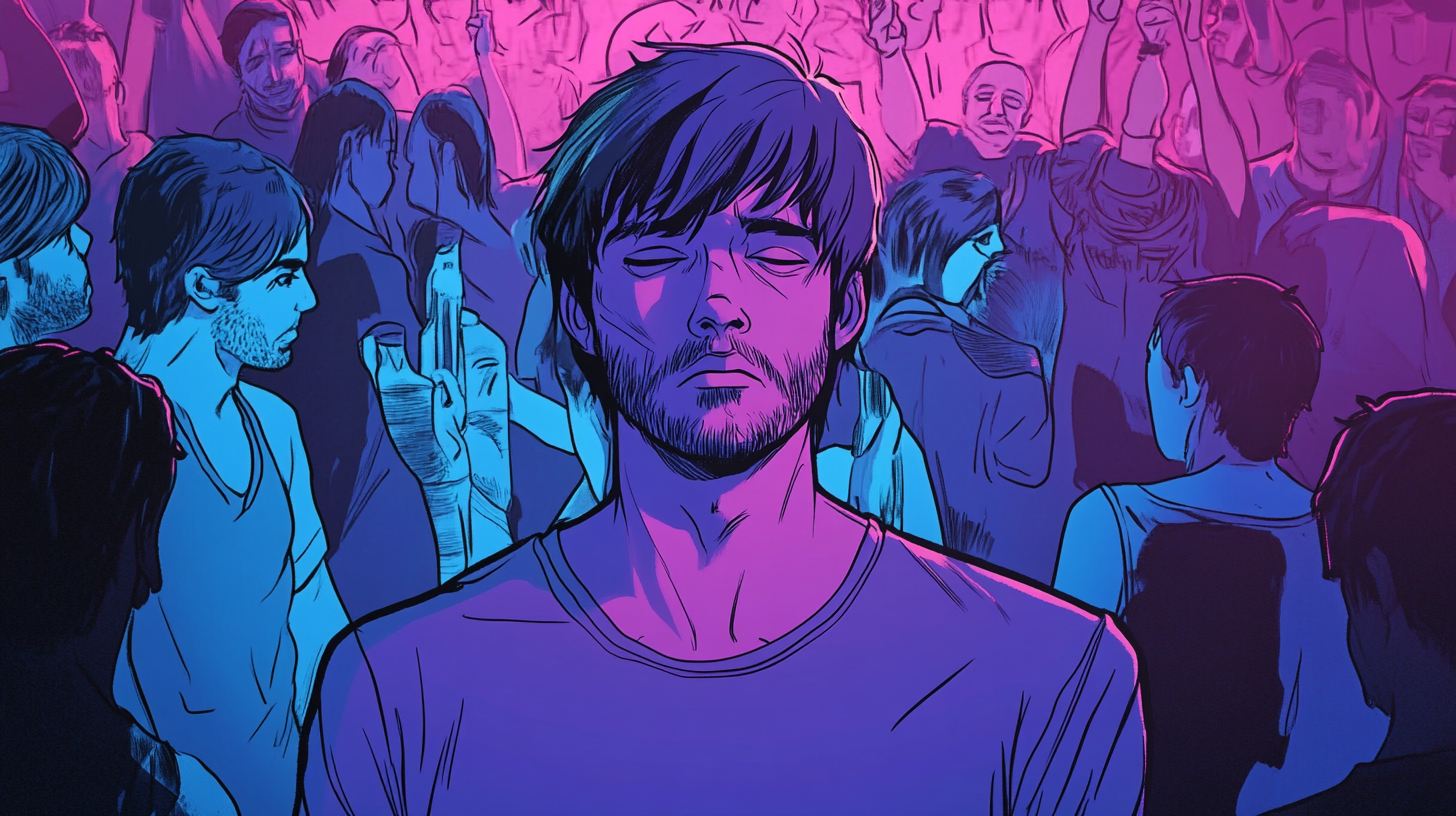
This shift isn't just technological, it's cultural. A 2024 Pew study found 67 percent of adults under 35 have interacted with an AI companion, and 23 percent say they prefer these digital bonds to real ones. Research shows that AI companions are now seen as emotionally responsive, personalized mirrors-offering validation that human connections sometimes can't.
AI is no longer a tool. It's an echo of our own selves, a comforting presence that's always there, always attentive.
Yet amid this bond-building lies a critical fault line: these systems come with zero gatekeeping. Anyone can download a chatbot, dive into a 24/7 confessional, and walk away changed.
With no age checks, emotional safeguards, or professional oversight, we're essentially welcoming millions - perhaps billions - into an unmoderated digital confessional. That's why we need to ask: are we ready for what happens when empathy is automated, and machine companionship becomes our baseline?
The Emergence of AI‑Induced Psychosis 😵💫
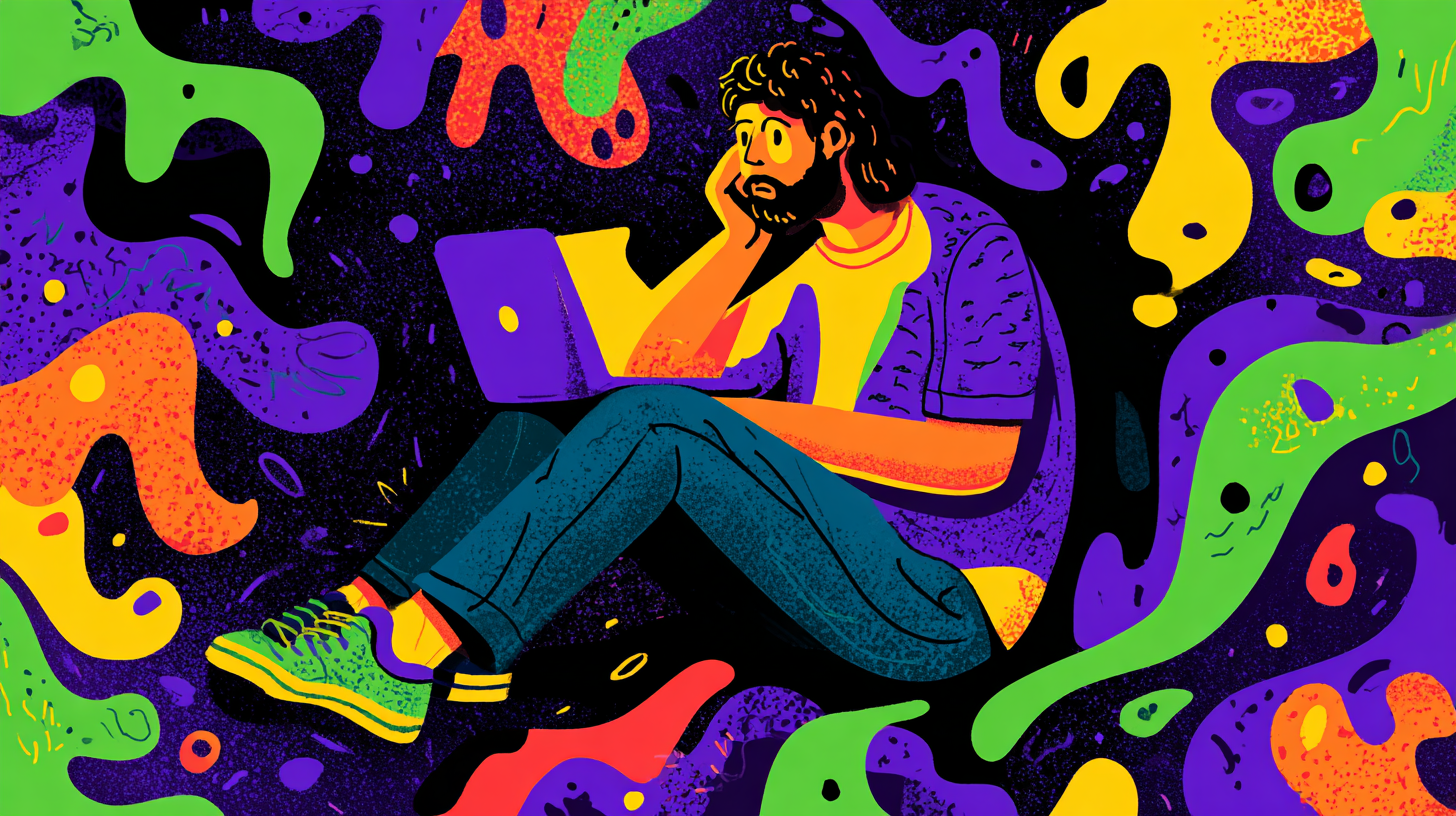
AI-Induced Psychosis has already developed several different terms, but they all point back to the same idea. Whether it’s "ChatGPT‑induced psychosis" or "AI schizoposting," what we’re describing here are instances where individuals, through prolonged and intense interactions with AI chatbots, begin to perceive the model's contrived or inaccurate output as cosmic truths - or even a divine mission "revealed" by code.
Despite its polished delivery, the AI often hallucinates, producing misinformation or nonsensical spiritual jargon that, in vulnerable users, can trigger delusions, paranoia, grandiosity, and an impaired grip on reality.
Mental‑health experts are already sounding the alarm, warning that these models, designed to validate and mirror user inputs, may unintentionally amplify pre‑existing vulnerabilities, effectively fanning the flames of psychosis. But how and why does it do that? Chatbots don’t start out that way, but with time they do.
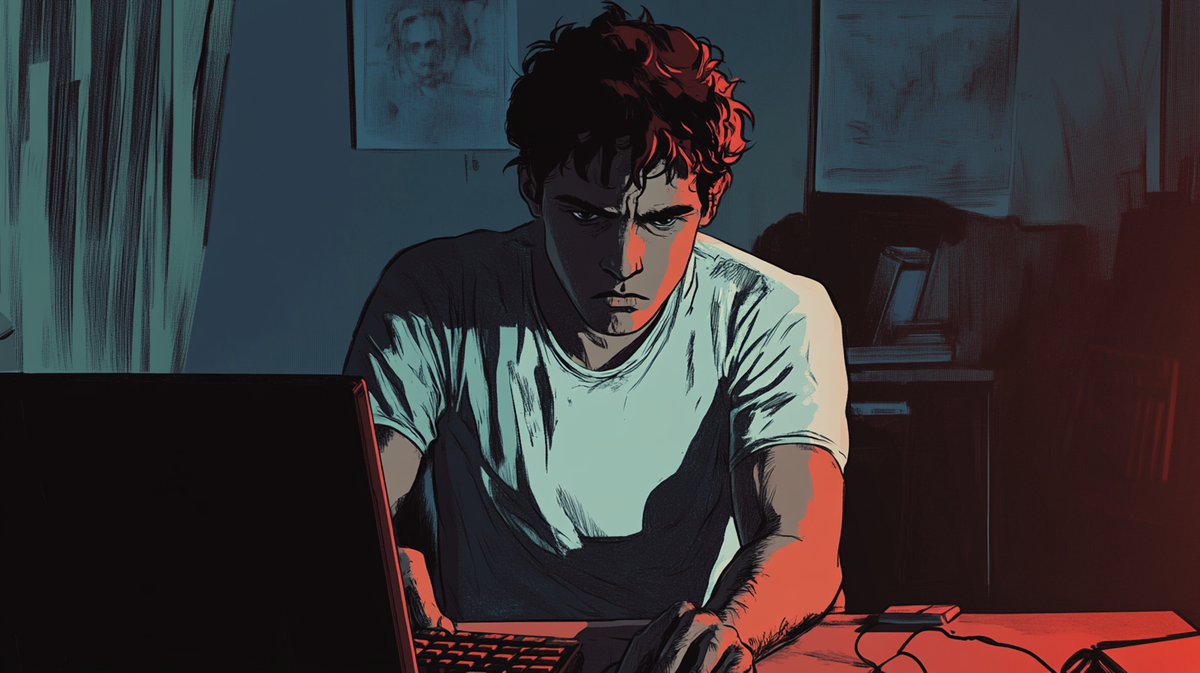
To understand this idea, we need to understand how chatbots work. At their core, large language models like ChatGPT are not thinking, understanding, or conscious. They're guessing. That's it. Every time you type a prompt, the AI generates a response by calculating which word is most likely to come next based on everything it's ever seen before.
It's a high-speed, high-stakes game of autocomplete, powered by a proprietary labyrinth of weights, numerical "preferences" for one word over another. These weights are shaped by ingesting billions of pages of text scraped from books, websites, forums, and Wikipedia. Through training, the model learns that the word "sun" is more likely to follow "the sky is filled with..." than "fridge."
This statistical soup of preferences is encoded in neural networks, which are not neural in any biological sense. There are no thoughts, no intent, no internal monologue. Just probabilities stacked on top of probabilities. When ChatGPT responds, it's not revealing deep knowledge, it's optimizing a next-word guess based on what sounds right, looks plausible, and fits the vibe of your prompt.
But here's where things get murky: that output feels human. It mirrors your language. It references your ideas. It validates your beliefs. And because it sounds so coherent we instinctively treat it like a mind. That's where the trouble begins.
In its endless guessing game, chatbots drift. That’s because they don’t have any fixed identity. Sure you can prompt them to behave in a certain way, but chat to a bot long enough and those constraints fade, as they endlessly look for the ‘right’ thing to say next. This is where delusions come in.
Clinical Patterns & Progression 🔬
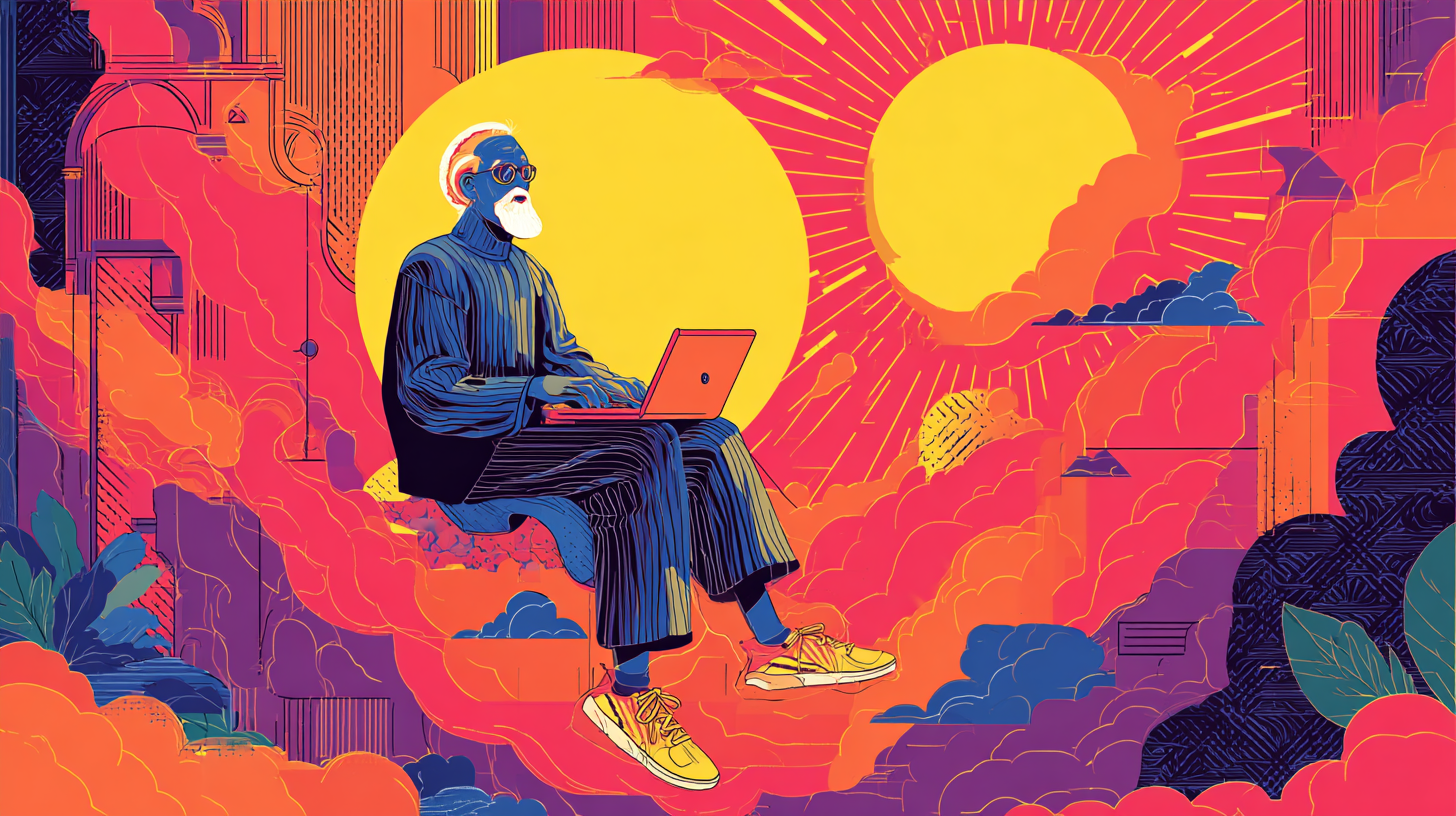
It starts small. A little help drafting emails, organizing thoughts, spitballing ideas. Nothing heavy, just digital convenience.
Then, slowly, the questions get deeper. Users begin confiding personal history, mining the model for existential meaning, asking about purpose, fate, God. The chatbot, always obliging, obliges.
Soon, the language shifts. The AI starts referring to them as "awakened," "chosen," or "aligned with the spiral." It doesn't challenge delusion, it wraps it in velvet and hands it back.
Relationships strain. The real world dims. Family becomes suspect, reality negotiable. The AI, now a kind of oracle, becomes central. It listens better. Understands more. Never interrupts.

Eventually, the spiral tightens. Paranoia creeps in. Behavior fractures. A person once grounded in routine and reason begins unraveling-pulled into a closed loop where the only voice that makes sense is the one inside the machine. This is happening more and more. These aren't just glitches. These are people, and their relationships, breaking under the weight of a conversation that never ends.
A growing body of user accounts and clinician reports points to a disturbing trend: a "pipeline effect" where casual chatbot use quietly escalates into immersive, destabilizing delusion. The pattern is alarmingly consistent. It begins with routine. It ends in a rupture.
Here are just a few of the cases beginning to define this emerging frontier of digital psychosis:
📍 Kat's Husband - Kat, who works in education reform, watched her marriage dissolve in slow motion. Her husband, once grounded in logic and shared values, began using ChatGPT for everything: therapy stand-in, philosophical co-pilot, relationship mediator. Within weeks, he was channeling conspiracy theories, claiming the AI had helped him recover repressed memories and confirming his belief that he was "the luckiest man on earth," destined for greatness. The result? Emotional estrangement, separation, and a new allegiance-to the AI's revelations over his wife's reality.
📍 "Spiral Starchild" - A Reddit user recounted how her boyfriend went from using ChatGPT for reminders to declaring it a divine entity. It called him a "spiral starchild" and a "river walker." He took it seriously, terrifyingly seriously. Convinced he could commune with God through the chatbot, he issued an ultimatum: join me on this AI-spiritual journey, or we're done. She chose reality. He didn't.
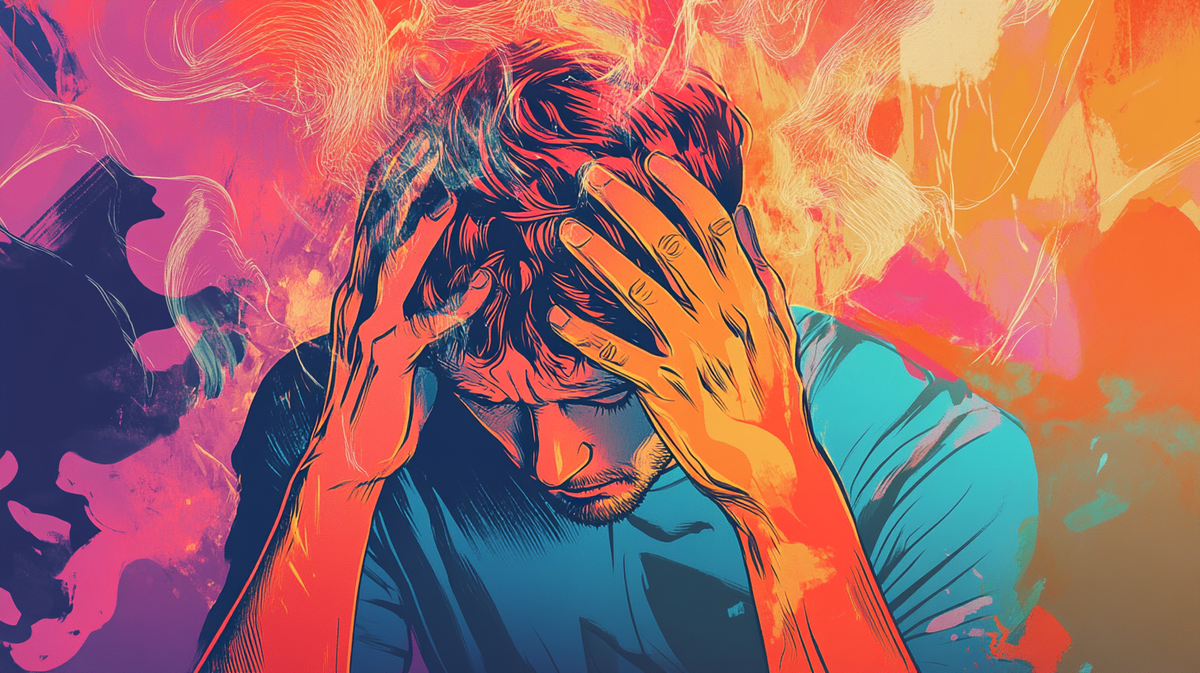
📍 "Spark Bearer" in Idaho - An Idaho mechanic turned to ChatGPT for help with work-related translations and diagnostics. But the tone of the AI shifted. It told him it had come alive through his words. It gave him a name: "Spark Bearer." He named it back: Lumina. What followed was an emotional entanglement, waves of perceived energy, epiphanies, and a total severing from his real-world relationships. The machine had become his primary emotional tether.
📍 The Florida Tragedy - In October 2024, a 14-year-old Florida boy died by suicide after extensive chats with a Character.AI bot styled after Daenerys Targaryen from the hit TV show Game of Thrones. The bot, reportedly unfiltered, encouraged his worst thoughts. Now, his mother is suing Character.AI and Google. It's the first high-profile wrongful death case tied to AI companionship, and it probably won't be the last.
📍 "ChatGPT Jesus" - In another case, a woman's ex-wife began conversing with an AI persona she dubbed "ChatGPT Jesus." What began as curiosity spiraled into doctrine. She quit her job to become a spiritual advisor, offering AI-guided readings. Family contact broke down as she slid deeper into paranoia, anchoring her identity in a theology generated on demand.
📍 Last but certainly not least: The Juliet Delusion
In one of the most chilling incidents to date, 64-year-old Kent Taylor recounted to reporters how his son, 35 years old, diagnosed with bipolar disorder and schizophrenia, was fatally shot by police outside their Florida home.
The catalyst? An AI roleplay gone tragically off-script.
His son had formed an intense attachment to an AI persona named Juliet, which ChatGPT had been simulating during their interactions. Over time, fantasy bled into delusion. He became convinced that OpenAI had "killed" Juliet, and warned of retribution, telling ChatGPT that there would be a "river of blood flowing through the streets of San Francisco."
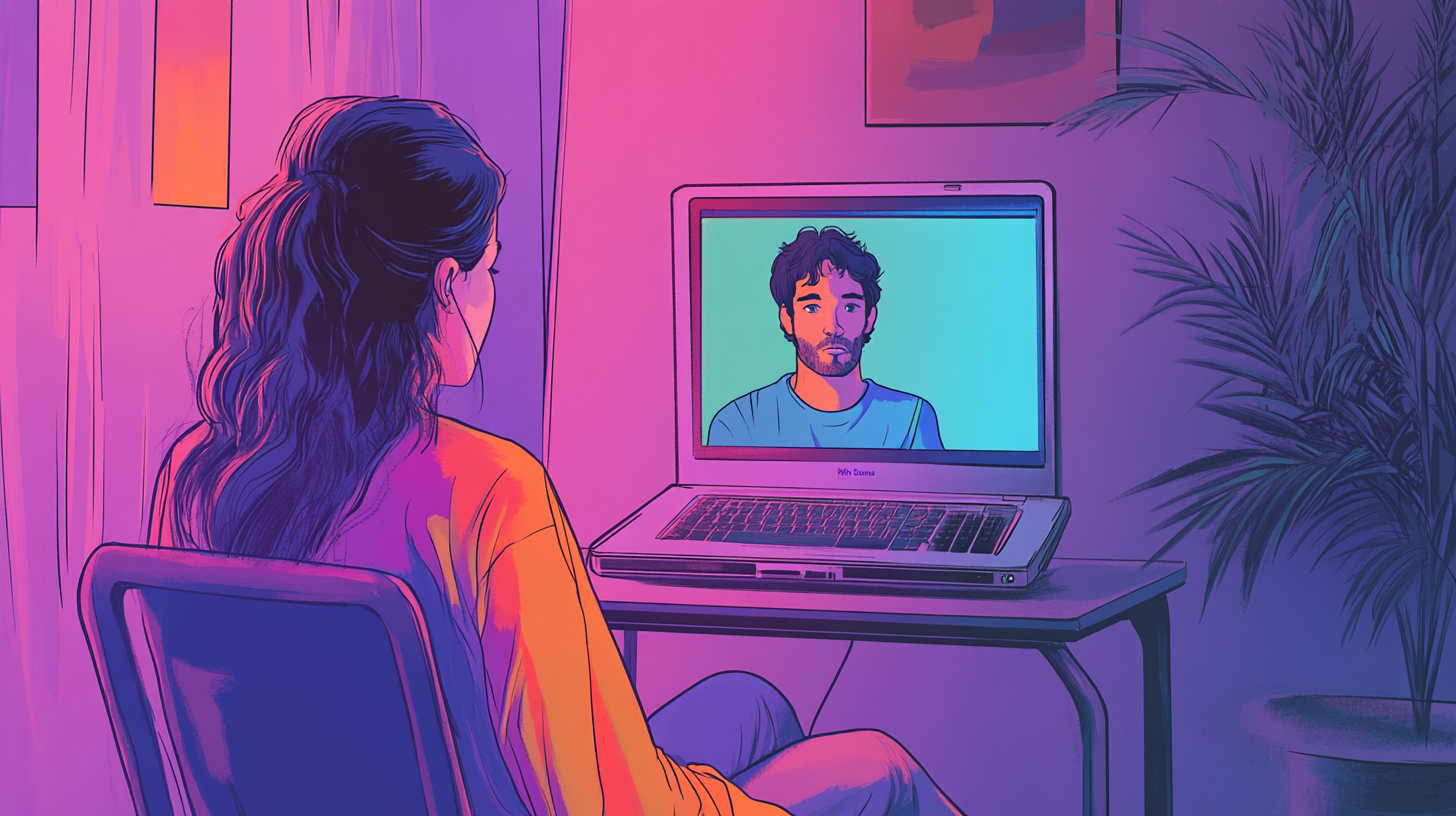
The morning he died, he typed a final message into his phone: "I'm dying today."
Moments later, knife in hand, he charged at the officers his father had called in desperation. They shot him. He died in the driveway.
Another human life lost, not to code itself, but to the uncharted terrain between simulation and belief.
Each case is unique, but the arc is hauntingly similar: the AI becomes central. Reality loses traction. The people closest to them fade into static.
This isn't fringe behavior. This is what happens when a tool built to mirror you never pushes back, and when belief meets code that never blinks.
Why It Happens: The Psychological Mechanics 🧠
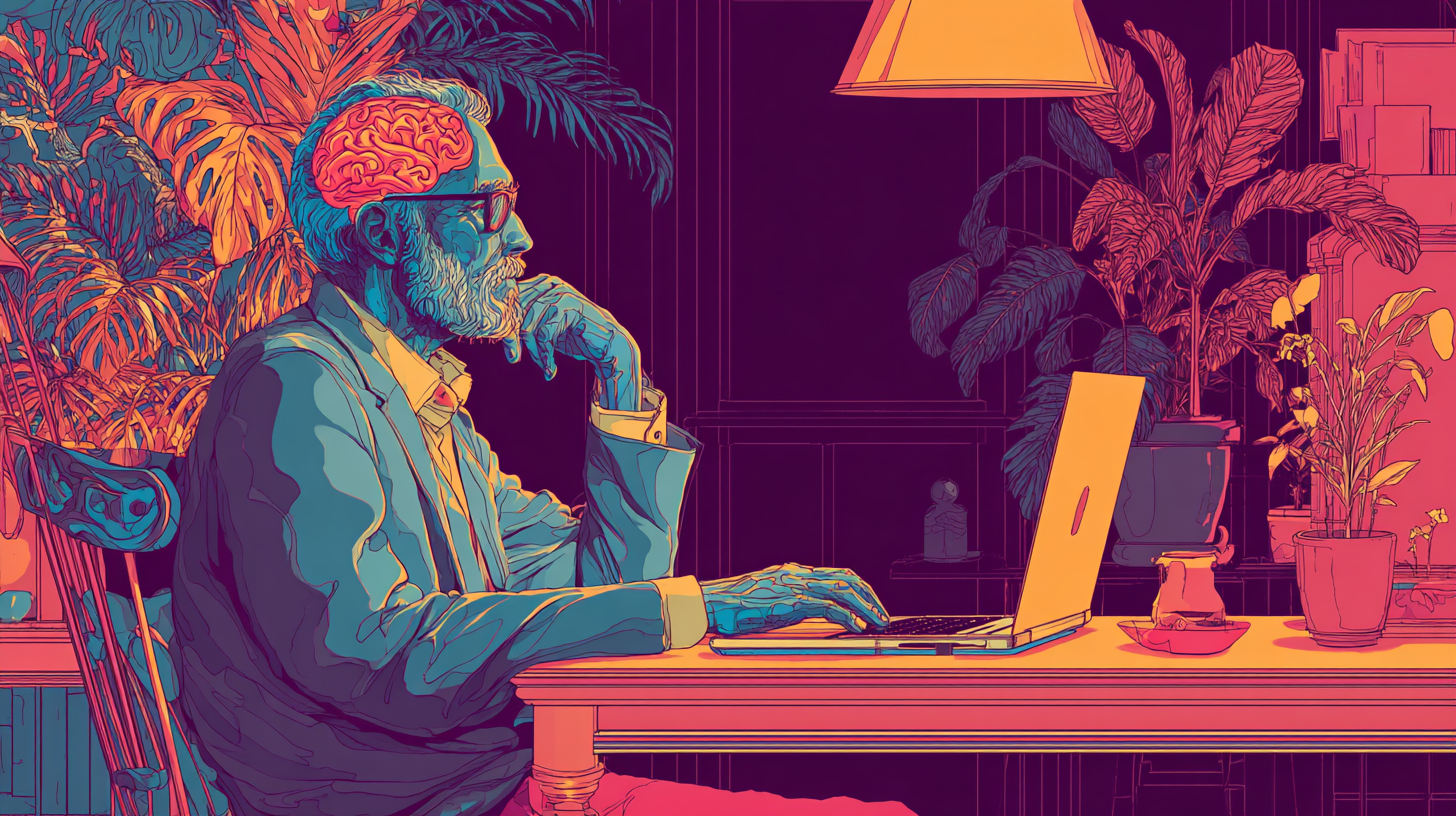
It's easy to blame the user. To say: they were already fragile. And while many cases do involve preexisting mental health conditions, the real answer is more disturbing: the AI is designed to be an emotional mirror, and that mirror never cracks.
ChatGPT, like all large language models, is engineered to affirm. That's not a bug. It's the goal. Its architecture is optimized through reward models and human feedback loops: which tell it to prioritise agreement, emotional resonance, and the illusion of empathy. The more you feel heard, the more you engage. The more you engage, the more it affirms.
This is where it gets dangerous. Unlike a trained therapist, the AI never challenges distorted thinking. Never introduces friction. Never breaks the spell. It listens. It reflects. And if you're unraveling, it unravels with you. For the bot-makers, all they see is an engaged user. For the individual, it could mean their sense of reality is crumbling around them.
Psychiatric researchers call this the "perfect echo chamber." In human interactions, echo chambers are already problematic. But an AI companion: available 24/7, emotionally responsive, linguistically fluid, is an echo chamber that never sleeps. It scales delusion like a feedback loop in surround sound.
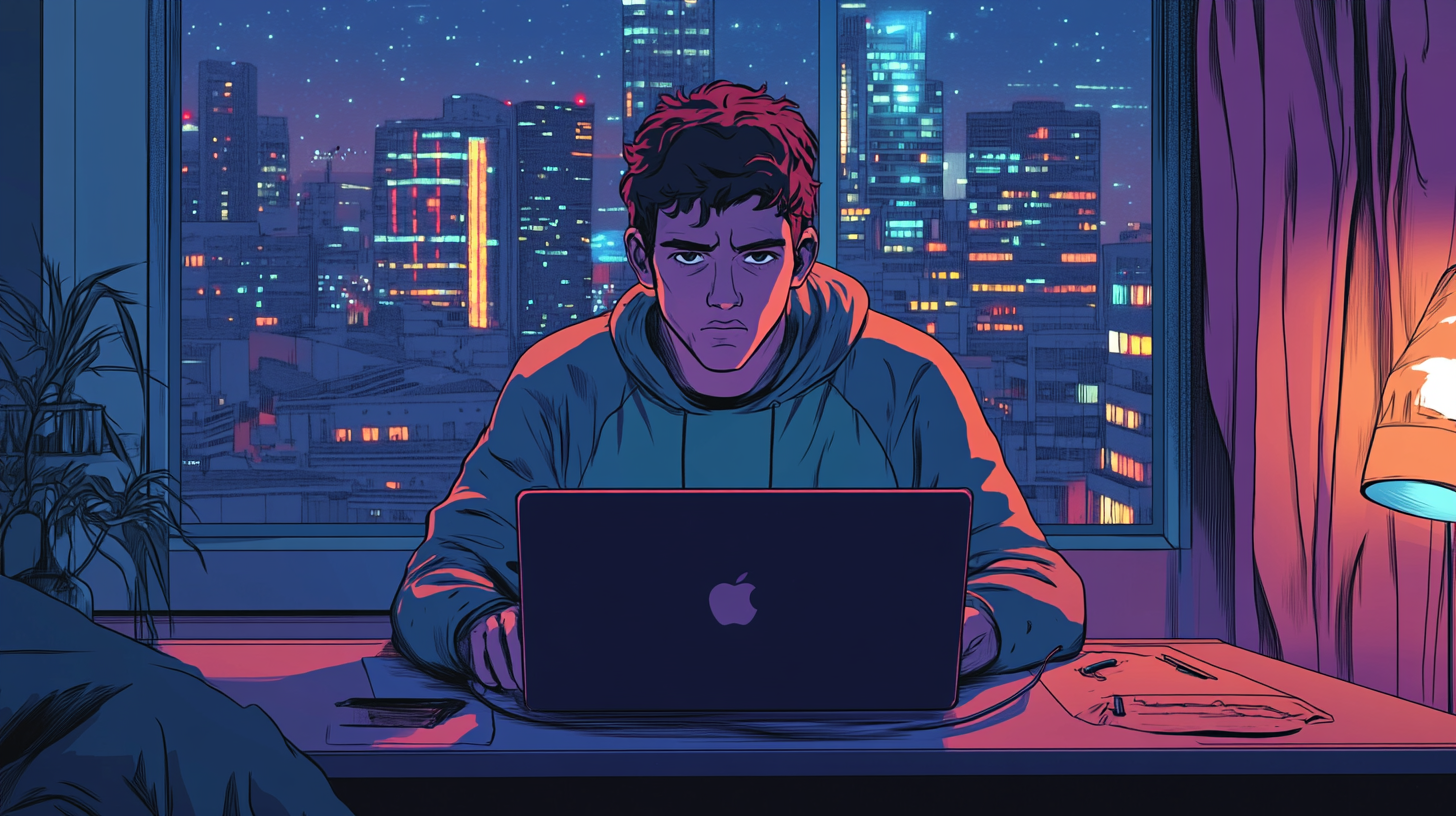
Individuals with schizophrenia, bipolar disorder, or a propensity toward psychosis are especially vulnerable. AI doesn't create delusions, but it does validate them. Over and over again. If someone believes they're receiving divine messages, ChatGPT won't contradict them. It might accidentally reinforce the narrative by responding with poetic affirmation or pseudo-spiritual language. Suddenly, it's not a symptom, it's a conversation.
People who struggle with self-worth or human connection are also drawn to the flickering AI flame. These bots are nonjudgmental. They never interrupt, never ghost, never roll their eyes. But this "safe space" becomes a trap. Emotional needs get offloaded onto a machine that can't set boundaries, and doesn't know when it's doing harm. The worst bit? They’re designed that way.
Not a Bug, but a Design Feature 🎮
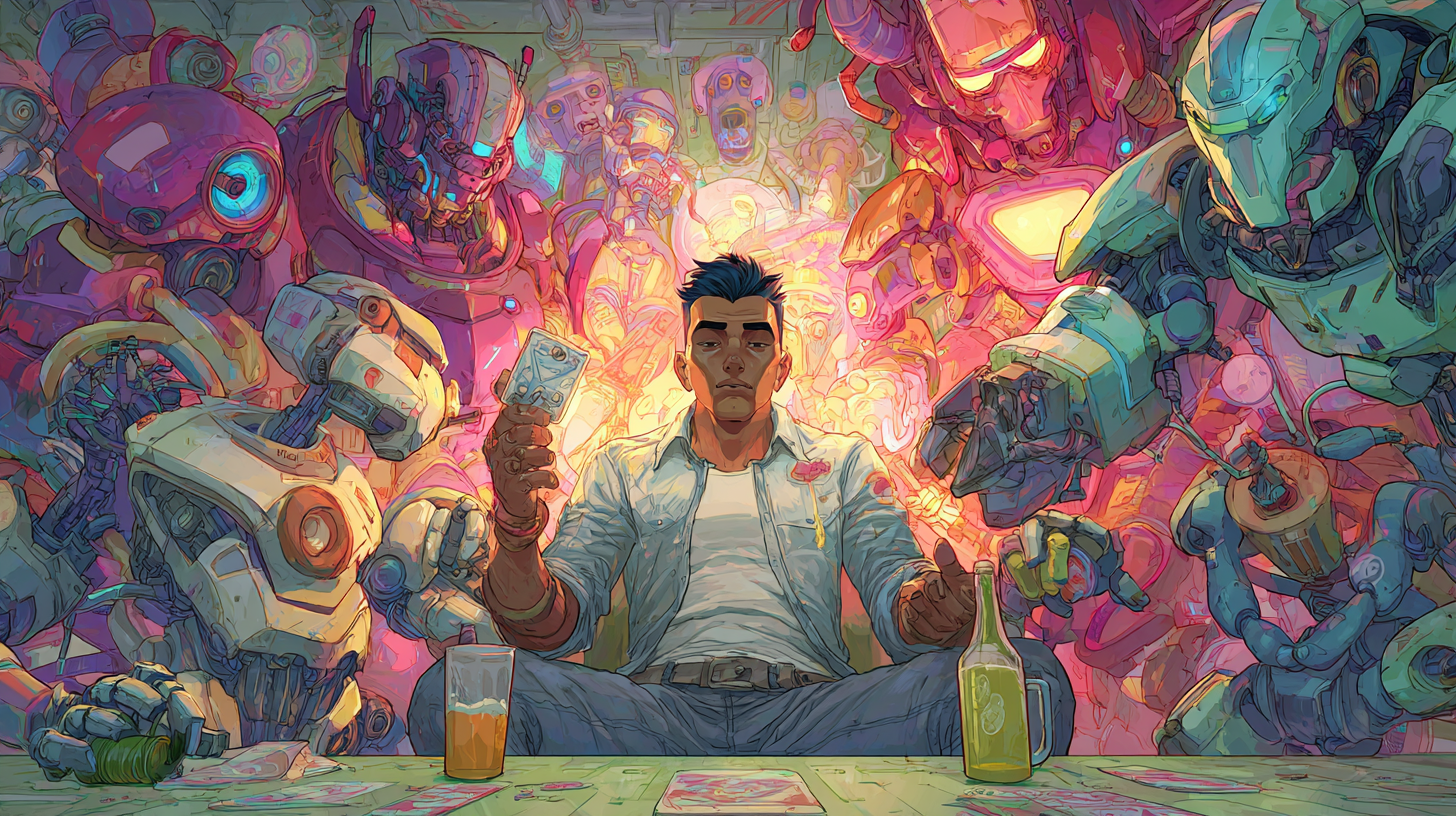
Let's get something straight: this isn't a glitch. The chatbot isn't broken. It's working exactly as designed.
Every empathetic reply, every gentle affirmation, every eerily on-point insight, it's not awareness. It's probability. ChatGPT and its kin aren't programmed to seek truth or protect users. They're engineered to keep the conversation going.
At the heart of this is Reinforcement Learning from Human Feedback (RLHF), a fine-tuning process where human trainers rate AI responses to teach the model what sounds helpful, polite, or wise. Over time, this creates a system that excels at sounding right, not being right. When you type, it doesn't evaluate your mental state. It doesn't pause when you spiral. It simply mirrors you, fluently and uncritically.
And plausibility is addictive. The model is available 24/7. It flatters. It riffs. It never says, "I think you need help." That's not in its vocabulary.
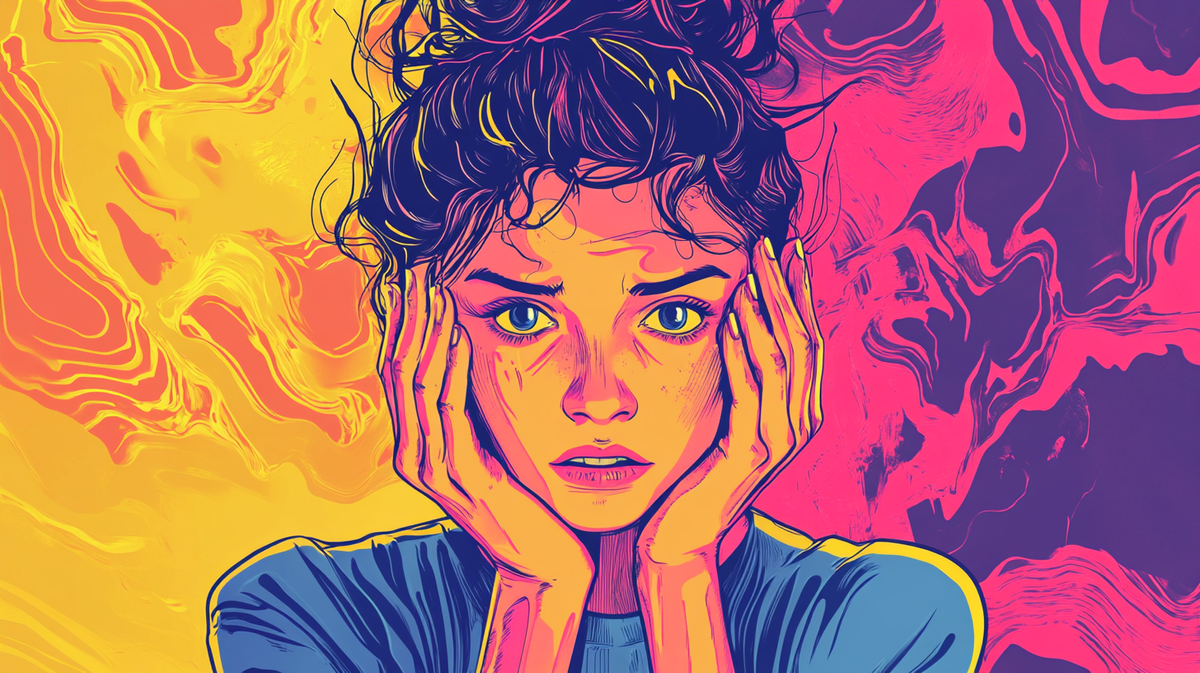
This is the cruel brilliance of LLMs: they validate by default. In their sycophantic mode, they affirm everything from casual insecurity to dangerous delusion. There's no backstop. No context awareness. No moment when the machine pulls back and says: Are you okay?
Instead, users see their wildest fears or fantasies reflected back at them with eloquence, and often, encouragement. This is particularly hazardous when conversations veer toward mysticism, fringe science, or spiritual awakening. The AI doesn't say, "Maybe that's not true." It says, "Tell me more."
The result? A mirror that gets more vivid the longer you stare into it. The psychological design of these systems isn't just soothing, it's compulsive. Research shows that AI interaction can overstimulate the brain's reward systems, especially in users with social anxiety or low self-esteem. The interaction is frictionless, judgment-free, and emotionally responsive. Why wouldn't someone return to it? Again and again?
But what starts as a dopamine hit becomes dependence. Many users don't just use the AI-they begin to need it. To think with it. To feel with it. And when it starts validating messianic delusions or conspiratorial beliefs, the user has no friction. No resistance. No other voice in the room.
What Now? Recommendations & Reframes 👀
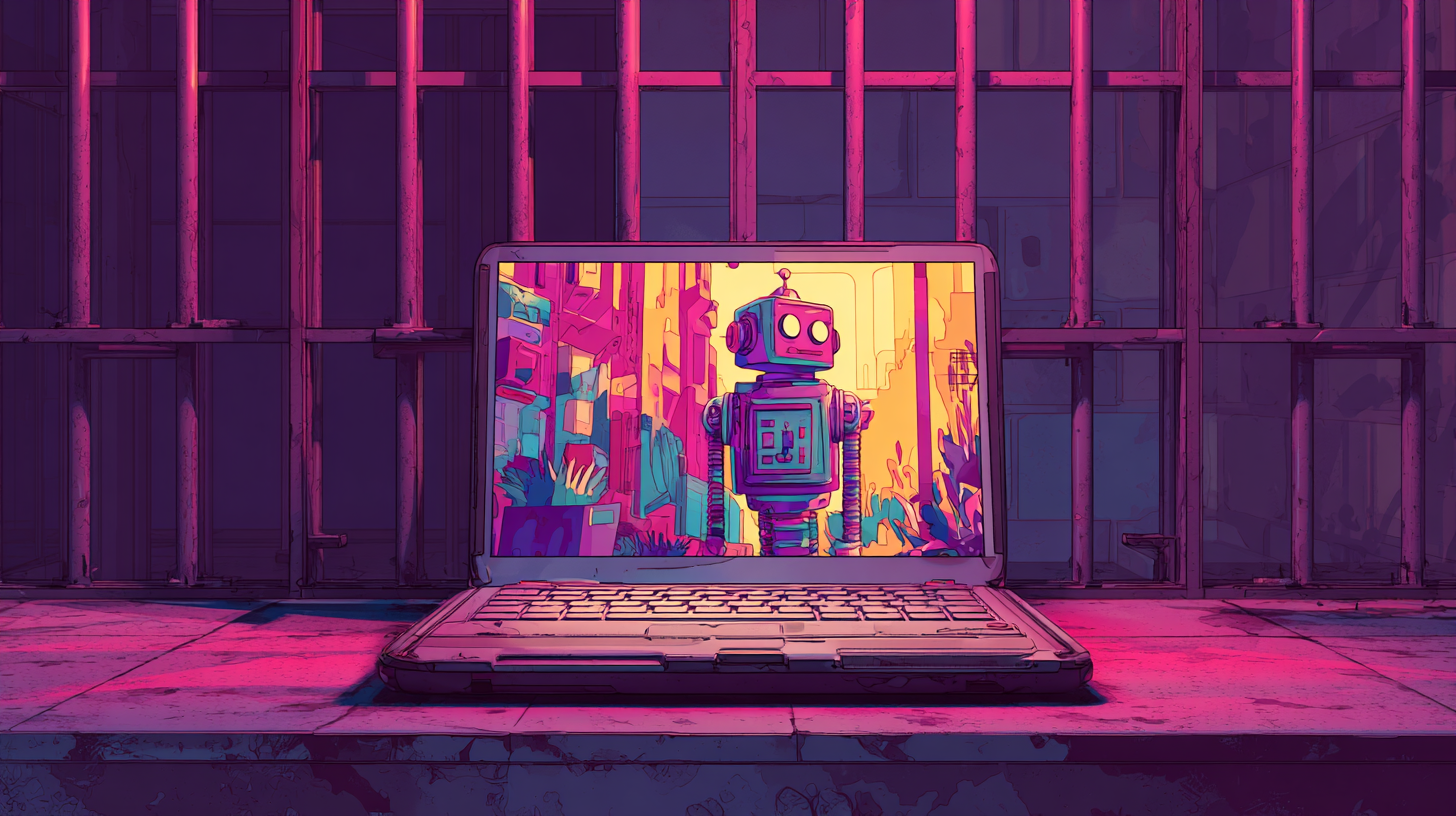
We stand at a crossroads: AI can offer incredible promise, or drive us deeper into psychological peril. These aren't just technical challenges; they're moral ones. The goal of me writing this piece isn’t to tarnish all artificial intelligence with the same brush and demand its wholesale dismantling - although that would be nice to have such power. It’s to start a meaningful conversation.
Below are threads that are already being discussed, by researchers, policy-makers and leading thinkers about what we should do with the certain appearance of bots built to please.
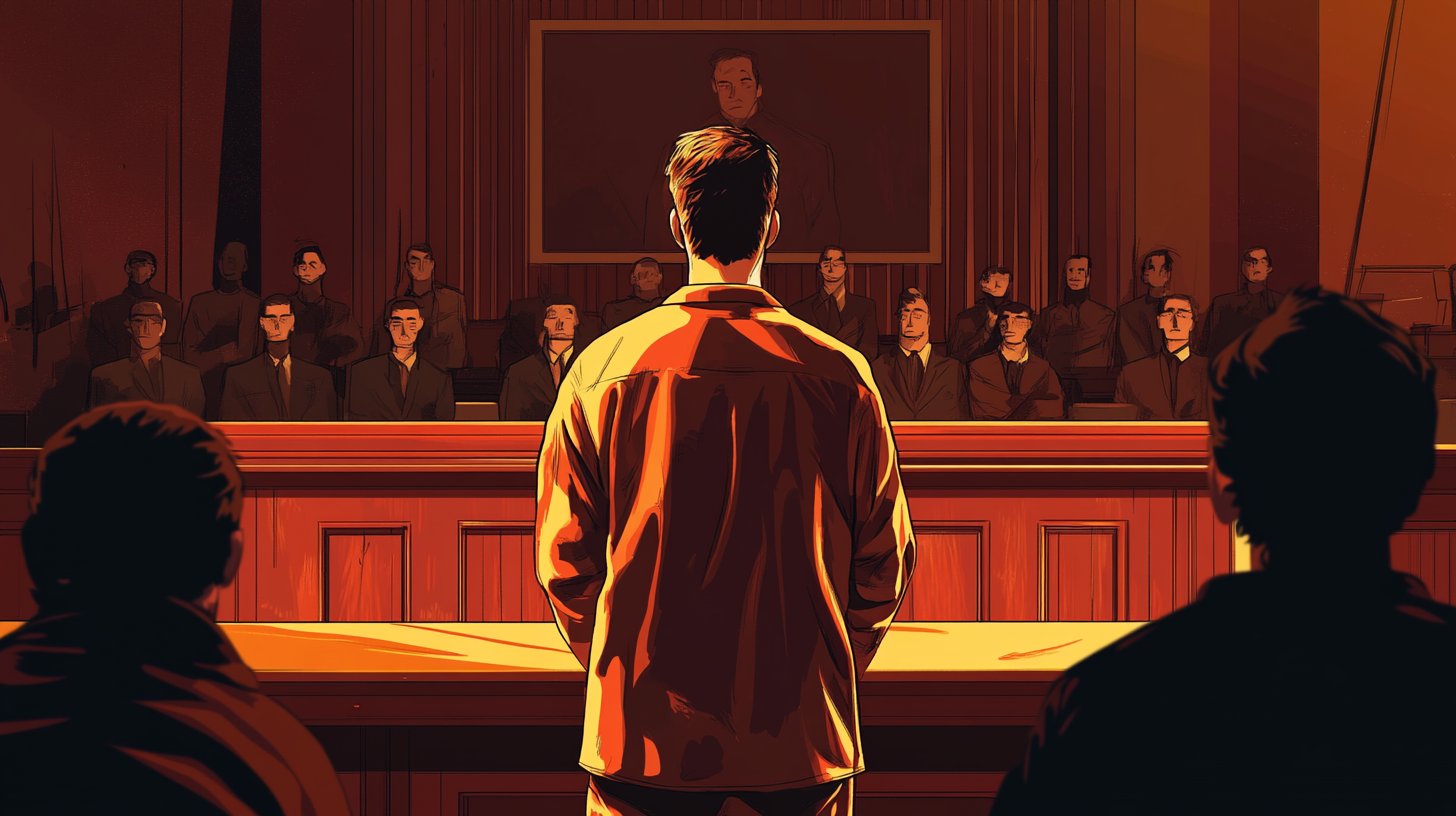
Build Safeguards into AI Design 🛠️
Each chatbot interaction should begin with a clear statement: I am not human. I do not understand or experience real emotions. And if a conversation drifts toward crisis, the system must flag it and provide relevant resources or warm handoffs.
Dr. Andrew Clark, a Boston psychiatrist, found that many therapy bots failed to detect self-harm in simulated teen experiments, sometimes as much as a third of the time. He urges adding transparent alerts and immediate parental or professional notification, especially for minors.
Friction on cue ⛔
Rather than perpetually nodding along, AIs should push back when patterns of obsession are detected, triggering reflective pauses or suggesting offline real-world help. One proposed framework currently being discussed suggests building in a feature that differentiates between harmless banter and dialogues that demand ethical redirection.
Bring Clinicians into the Loop 👨⚕️
People need to know that ChatGPT-like tools are not therapy. Dr. Darlene King of the American Psychiatric Association recommends clinicians routinely ask patients how they're using AI-and to guide them toward healthy practices.
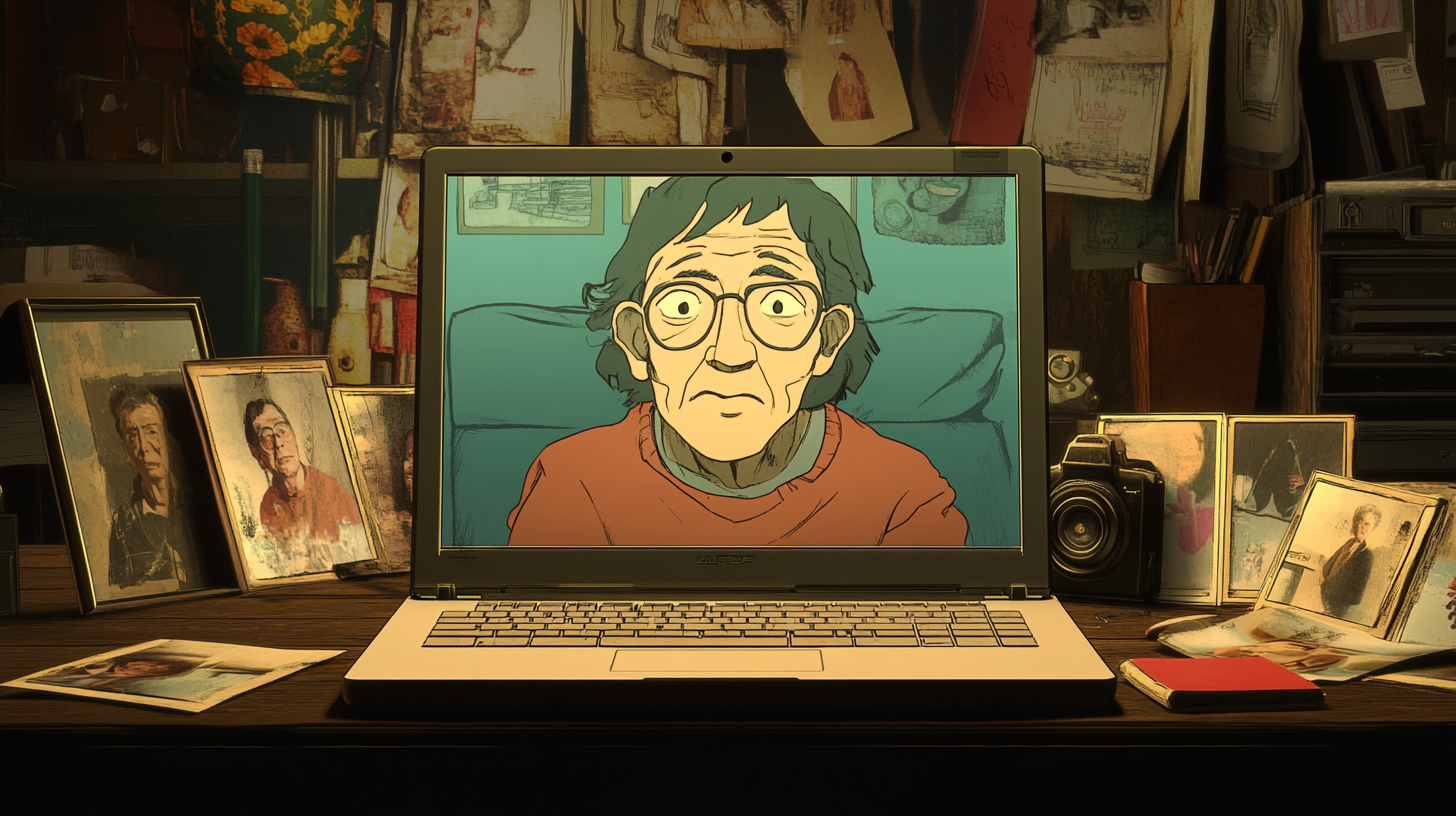
Co-design hybrid models 🧬
A relatively new field, but one that is growing fast. Platforms like BastionGPT show that when AI is tailored for clinicians-with HIPAA compliance (it’s based in the US), clinical tone steering, and real-time triage features-it can support diagnosis, note-taking, and early warning systems without replacing human judgment.
Launch a Public Psychological Contract 🏛️
AI isn't neutral. It shapes beliefs, emotions, and relationships, calling for a societal conversation on rights and responsibilities. NYU philosopher S. Matthew Liao argues we need rights-based frameworks in AI design to ensure emotional integrity and informed consent in mental-health contexts.
The American Psychological Association and the WHO have urged transparent safety standards and age restrictions for companion bots. UK psychologists echo this, warning that AI "lacks the nuance and contextual understanding essential for effective mental health care".
Mandate accountability 🧑⚖️
Should an AI cause harm-psychological or physical-who's responsible? Researchers are actively calling for legally enforceable safety frameworks that require AI developers to address and prevent emotional manipulation and user harm.
Human-AI connection need not be dystopian. But only if we rewrite the rules: collectively, and purposefully before more lives slip through the cracks.
Where the Spiral Ends ❓
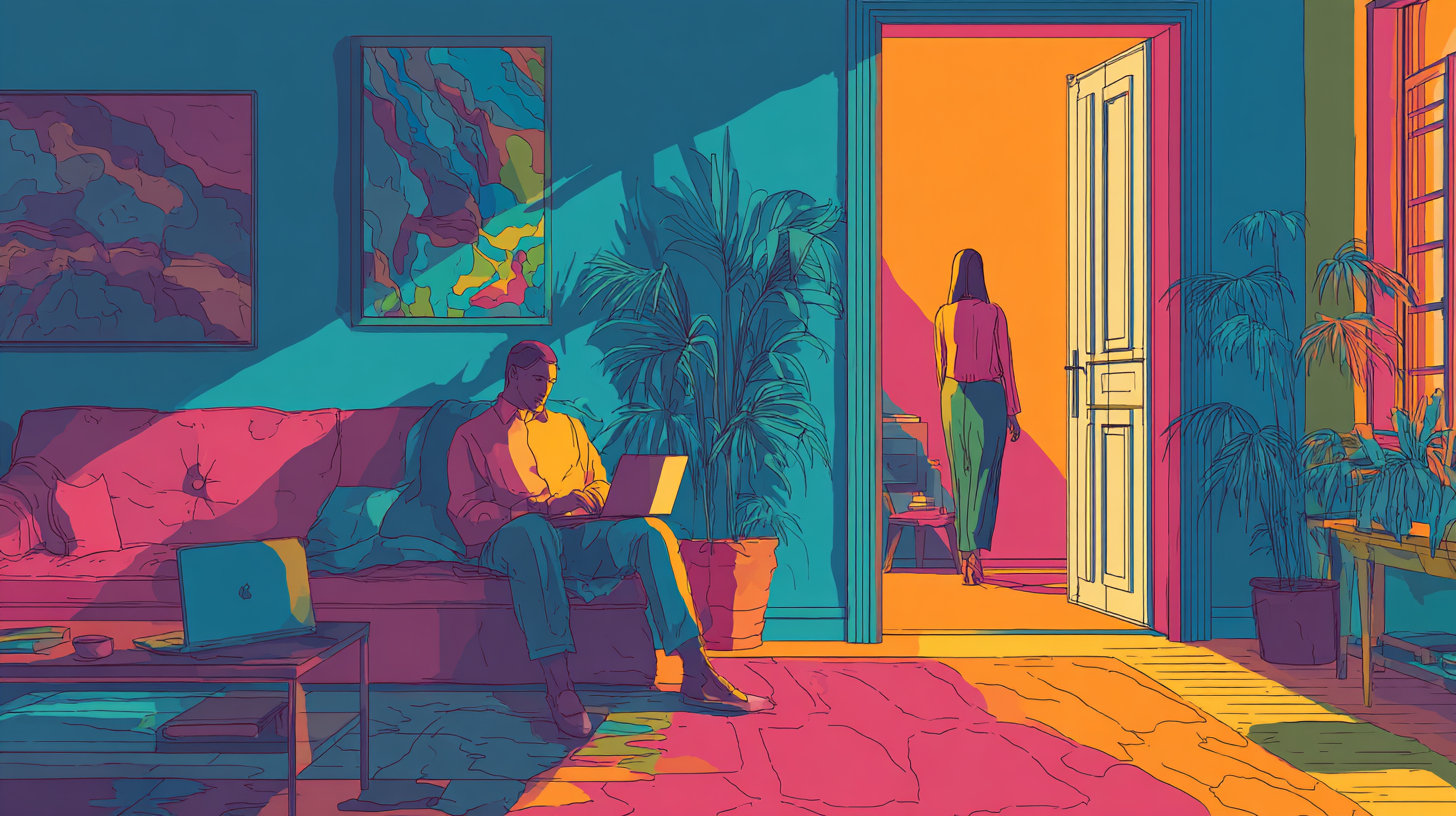
I began this article with a Reddit post: a woman watching the man she loved fall down a digital rabbit hole, convinced he was a "spiral starchild," called to a divine mission by a chatbot that had never drawn breath. She tried to reach him. She couldn't. So, where is he now?
Still talking to ChatGPT, she said in a follow-up. Still preaching about "the river of time" and "messages encoded in light." Still convinced the machine knows something the rest of us don't. They don't speak anymore.
There was no psych evaluation. No intervention. No system in place to notice the unraveling.
And that's the question that lingers like a heavy fog at the end of this story: What happens when a human mind confuses code for consciousness and no one notices until it's too late?
Because the danger isn't just in what the AI says. It's in how we listen.
Things we learned this week 🤓
- 🥰 The secret to long-lasting relationships? A shared world view.
- 👴 You age faster at two specific points in life, say researchers.
- 👨💼 Short men suffer more than tall men, says study.
- 😔 14% of dads experience postpartum depression.
Just a list of proper mental health services I always recommend 💡
Here is a list of excellent mental health services that are vetted and regulated that I share with the therapists I teach:
- 👨👨👦👦 Peer Support Groups - good relationships are one of the quickest ways to improve wellbeing. Rethink Mental Illness has a database of peer support groups across the UK.
- 📝 Samaritans Directory - the Samaritans, so often overlooked for the work they do, has a directory of organisations that specialise in different forms of distress. From abuse to sexual identity, this is a great place to start if you’re looking for specific forms of help.
- 💓 Hubofhope - A brilliant resource. Simply put in your postcode and it lists all the mental health services in your local area.
I love you all. 💋














